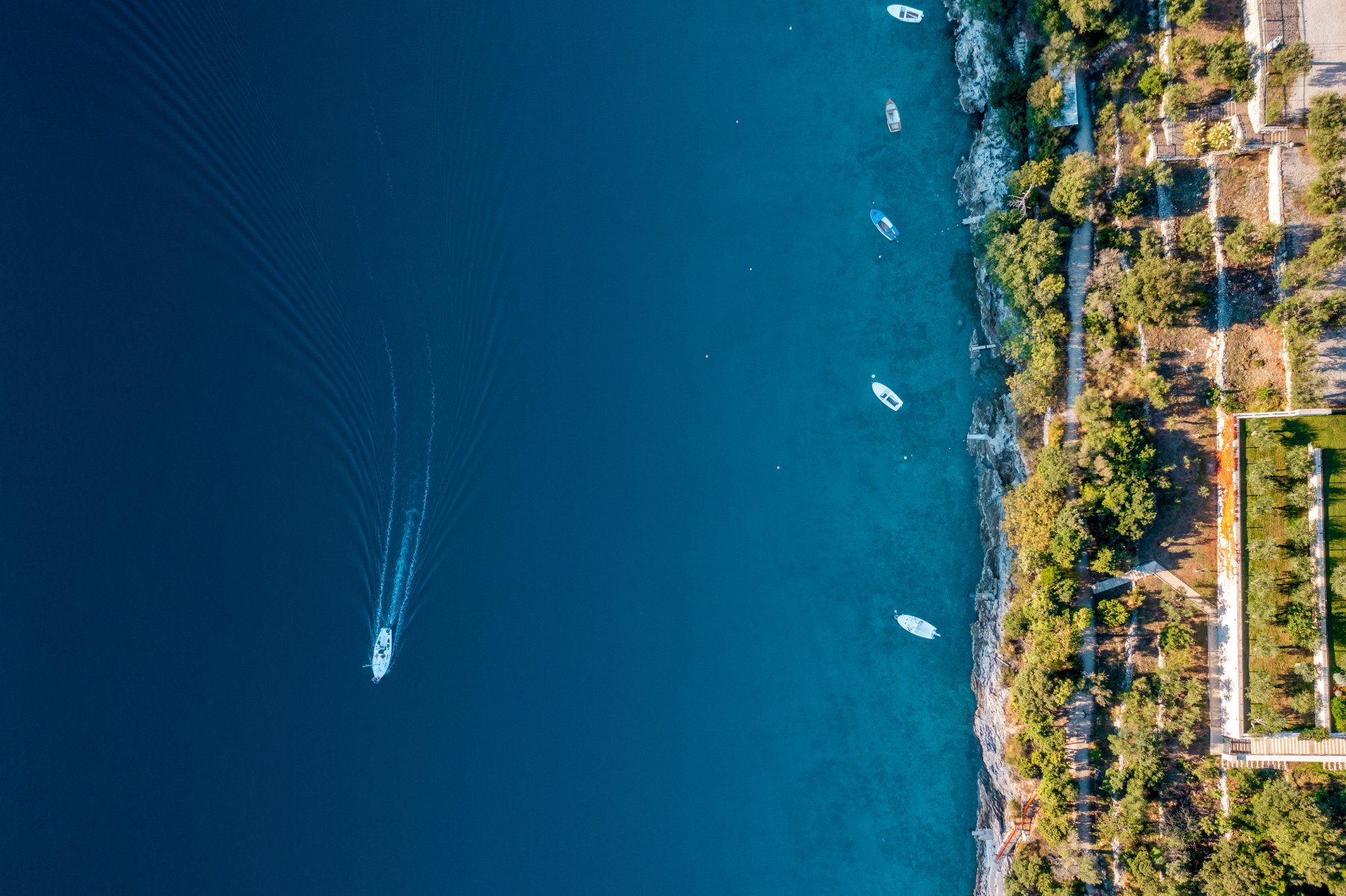From the historical allure of Rabac to the tranquil oases near Labin

The town of Rabac is situated on the eastern coast of Istria, Croatia, and is renowned for its exceptional beauty, rich history, and stunning beaches. In the mid-19th century, Rabac was a modest fishing village with only a few houses. However, due to its picturesque bay and pleasant surroundings, it began to attract its first excursionists.
Over the years, Rabac underwent transformation, becoming a popular destination with beautiful beaches and scenic landscapes. In the mid-20th century, it started attracting tourists and developed infrastructure such as hotels, and today it is known as one of the most beautiful resorts in Istria.
The most beautiful beaches are just 5 km from the camp, in the famous resort of Rabac, renowned for the most beautiful beaches in Istria and beyond. In the mid-19th century, Rabac was a small fishing village with only a few houses. Due to its beautiful bay and picturesque surroundings, it quickly attracted its first visitors. One of the first tourists in Rabac was the English traveler and writer Richard Francis Burton, who stayed in Rabac as early as 1876. After exploring other places along the Istrian coast, he wrote the book “The Istrian Coast” describing the beauty and charm of picturesque Rabac.
At that time, Rabac began to receive its first summer residents, and the most famous is the building of the Prohaska merchant family from Rijeka, originally from Czechia. Today, one of the most beautiful parts of the city is named after this family, while the villa was destroyed during World War II.
The first hotel in Rabac, ‘Quarnero,’ was opened on June 11, 1889, in the Višković family house, not far from today’s ‘Orlando’ studio. The hotel had only a few rooms, and there was a tavern on the ground floor. A regular guest of the first Rabac hotel was the Austrian officer Kaiser, who later bought the estate of Dubrova near Labin, now known for the Mediterranean Sculpture Symposium and Sculpture Park. Chroniclers record that at the beginning of the 20th century, in 1907, Rabac also hosted the Austro-Hungarian heir to the throne, Prince Ferdinand, who was saluted in the main square.
In addition to Rabac, the surroundings of Labin abound with serene coves and fishing villages. One of the significant places is Duga Luka, a favorite refuge of local bathers away from the city bustle and crowds on Rabac beaches, which is also the closest to our camp, only 3 km away. Also, there is Sv. Marina, located on a small peninsula covered with olive trees, popular for its diving center proclaimed one of the best in the Mediterranean.
The town can also boast of its cultural heritage, with remnants of historical buildings such as villas. Rabac hosts various events throughout the year and attracts visitors with diverse amenities, including restaurants serving local specialties, souvenir shops, and sports activities.
With its unique charm, Rabac offers an unforgettable experience to visitors who want to enjoy the beauty of nature, historical landmarks, and a relaxing holiday by the Adriatic Sea.




